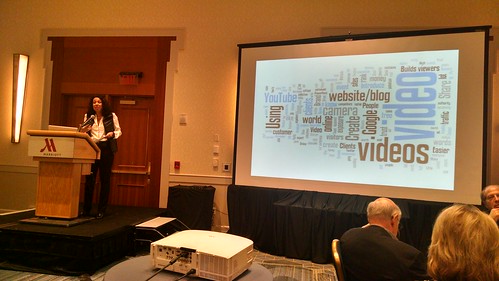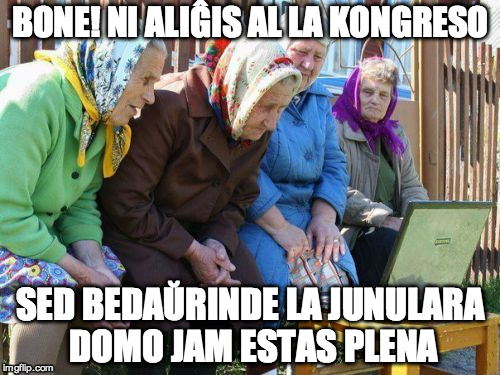Contingent Faculty at UMass
Recently, a 2008-2010 work/life study by UMass faculty that included findings about about contingent faculty got some new play at Inside Higher Ed. When this got tweeted around, I posted Balancing Interests: Tenure System Faculty, Contract Faculty, and the Administration at UMass Amherst which are the remarks I made at an AAUP conference in 2009.
Since then, the join faculty union of UMass Amherst and UMass Boston has continued to make significant progress to improve the circumstances of contingent faculty. In the previous two contracts, we negotiated several really key enhancements. In the first one, most of the benefits went to UMass Amherst faculty and in the second, most of those benefits were extended to UMass Boston faculty.
The largest benefit was to transition faculty from fixed-term contracts to a state of "continuing employment". Upon renewal of the second one-year contract, faculty receive a two-year contract and there is an evaluation process after the first year of this contract. Faculty that fail this review have the second years of the contract as a terminal year. Otherwise, faculty move to "continuing employment" where they are no longer subject to fixed length contracts. For this reason, we have moved from calling contingent faculty "contract faculty" and now use the term non-tenure-track (NTT).
Another benefit was to ensure and verify that departments actually evaluate NTT faculty for merit. It had become clear that a number of departments didn't even consider NTT faculty. Now, in addition to improved directions to personnel committees, there is a committee that looks at the data and investigates departments that don't fairly compensate NTT faculty.
Some progress has been made toward workload, working conditions, and other concerns as well, including the formalization that a 3-credit class can count for no less than .25 Full-Time Equivalent (FTE) per semester. My personal aim has been to assure that all NTT faculty have some professional space in their workload available for performing University service. This would imply no faculty with a 4/4 teaching load. If your teaching load equals 1 FTE, you can't serve on any University or department committee in a professional capacity. But this hasn't happened yet.
There is, however, a growing recognition on the part of central administrators that it serves the institution poorly to hold NTT faculty at arms length. And they are making efforts to change how lecturers are viewed and treated by the administration. For many of them, it's a difficult transition to make, and you still hear them (e.g. the Dean and the Provost in Fall 2015) refer to "faculty and lecturers" as if lecturers are not faculty.
There are still gaps. We have not yet successfully organized the Continuing Education faculty. This remains a growing pool of disadvantaged workers in the heart of the enterprise. We have also failed to create a system of effective professional development opportunities for NTT faculty: this is a glaring problem. When NTT were only used for sabbatical replacements, the need for professional development could be overlooked. But many of our NTT faculty have been teaching continuously for 20 or 30 years with little or no opportunity for maintaining their currency with the field. This is a travesty that does not serve the institution and needs to be corrected.
Those factors aside, UMass Amherst still represents a far better model for equitable treatment of NTT faculty than the national average. We should do more to show what we've done and help other institutions — and faculty unions — recognize the benefits of organizing the NTT faculty and not allowing them to be exploited.
- Read more about Contingent Faculty at UMass
- Steven D. Brewer's blog
- Log in to post comments




